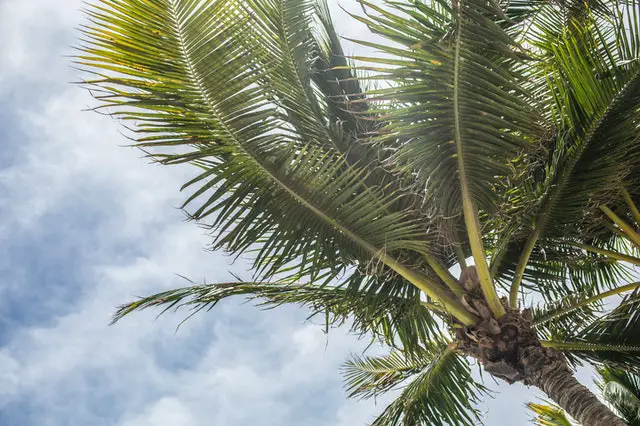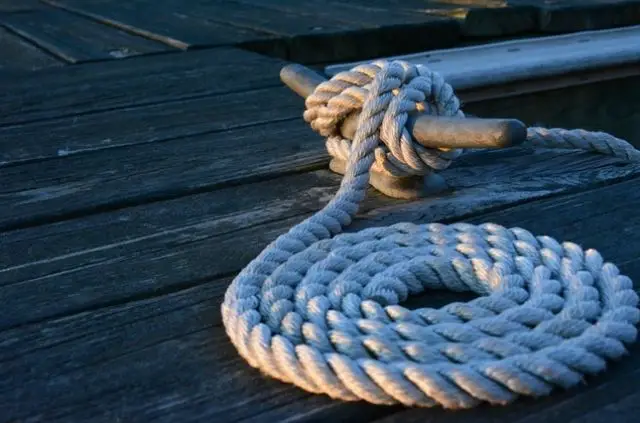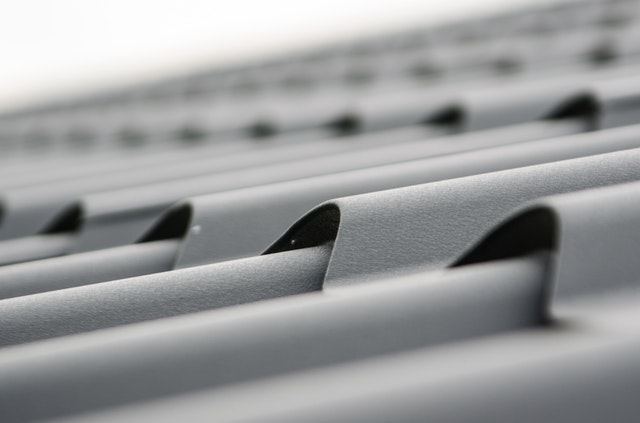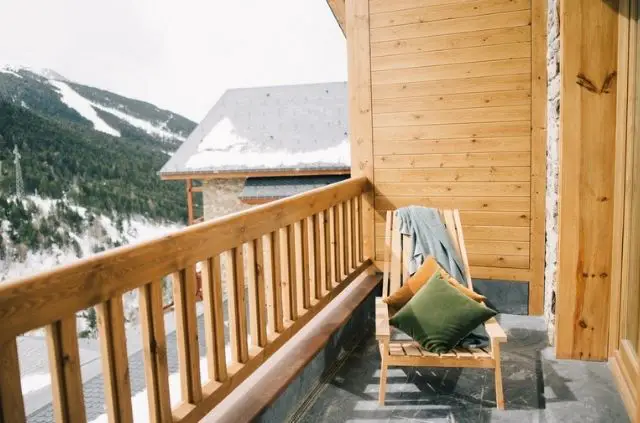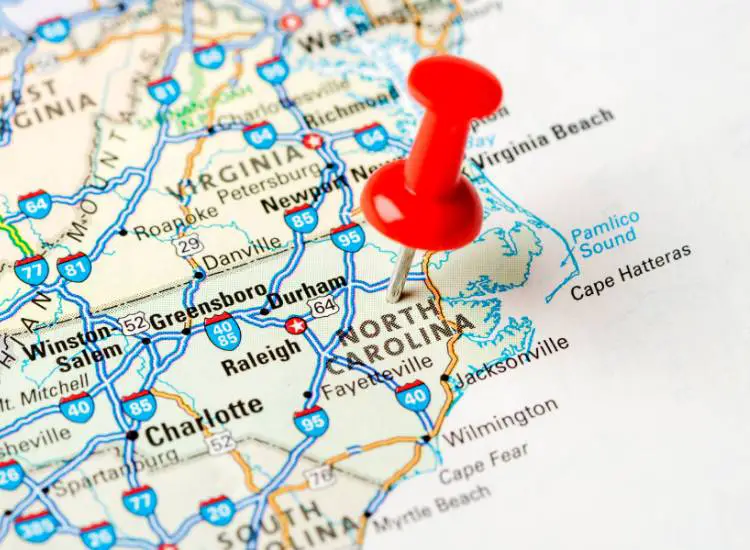Pressure Washing with Bleach (The Right Way)
Pressure washing around your home can make it look new again. You can easily restore surfaces to their former glory by removing mold, mildew and other contaminants.
Using a cleaning agent like bleach can help make the job much easier. In this article we will cover the exact process on how to pressure wash with bleach.
Can You Put Bleach in a Pressure Washer?
No, you should never put bleach inside a pressure washer, as it can damage the machine. Most pressure washers made today have a built-in soap canister. This allows you to spray a mixture of soapy water across surfaces in order to clean them.
However, this canister is made for soap only and you shouldn’t put anything else inside of it. Bleach is useful for killing and removing mold, but it can harm the internal components of your pressure washer. The bleach will eventually corrode your pump’s seals and ruin the machine.
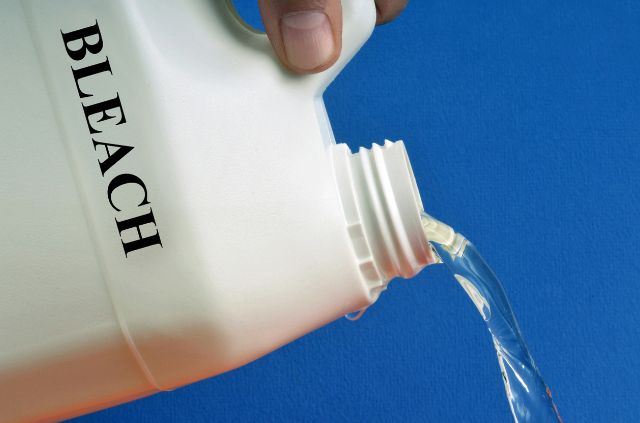
You can either use a bucket and brush, or buy a pump sprayer from your local hardware store. This will allow you to safely apply the bleach.
Dilution Ratio
The level of dilution can vary depending on the job. Older houses in bad shape might require heavier cleaning, while new houses might just need a quick touch-up.
In general, expect to mix 1 part of bleach with 3 parts of water. For example, if you have a 1 gallon container of bleach, you would mix it with 3 gallons of water.
Steps to Pressure Washing with Bleach
Once you have the bleach dilution ratios measured, it’s time for the cleaning to begin. Just know that applying bleach to any surface is considered the last step in pressure washing.
Bleach will not be as effective if you spray it on first, because you need to follow a pre-rinse of water only.
1. Prep the Area
It helps to clean your work area before starting any project. Move any lawn furniture and children toys away from the house, so you have easier access when cleaning.
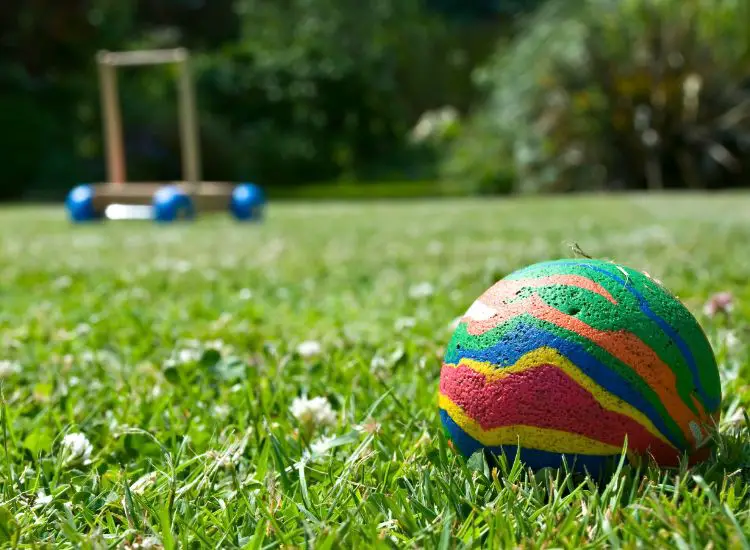
Also make sure you have all the equipment needed like hoses, a ladder, and bleach. Move any cars parked near the house to avoid damage. Once this is done, begin over watering the plants to prevent them from dying.
There’s a good chance that bleach will land on the landscaping when you’re pressure washing the house. You could also cover the plants with a tarp to avoid them from dying. Just make sure not to leave them covered for too long.
2. Rinse First
Before spraying your bleach, it’s important to rinse the house off first. You don’t want any bleach getting on the dirt, as it will be much harder to remove. Bleach should only be used as the last step because you want to remove as much dirt as possible beforehand.
This will create a super clean finish and give you professional looking results. You can avoid using a ladder to clean high areas of the house during this pre-rinse stage. Just make sure to use a more aggressive nozzle when it comes time to clean tall sections.
A 15-degree nozzle should work for second story surfaces and above. It will safely deliver enough cleaning power, but it won’t damage the siding of your house.
3. Start at the Top
When pressure washing a house with bleach the first place you want to start is the top. It doesn’t matter if you’re working on a single story home, or two-story home. This cleaning method will help you avoid getting freshly washed areas dirty again.
You don’t want mold and mildew running down over these clean areas. Try cleaning small sections at a time for the best results. You can use a ladder to reach higher areas, or try to hit them from the ground.
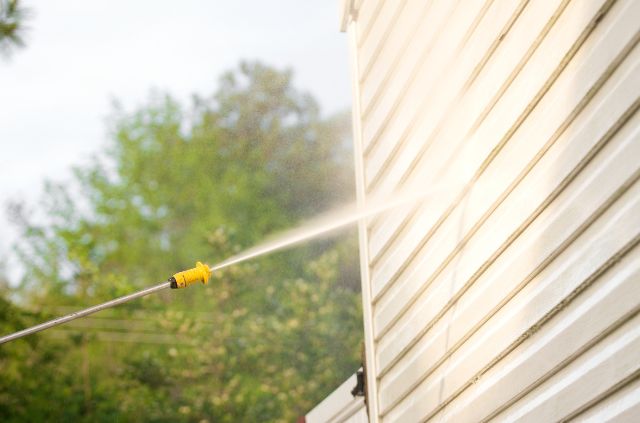
Just know that the amount of water pressure will decrease the further you get from a surface. You can always use a tighter nozzle that will provide more cleaning power at a farther range.
4. Clean the Windows
As you are working your way down the house, make sure to thoroughly spray down the windows. These areas often get clogged with dirt, grime, and mold.
It’s important to remove these contaminants before moving on to other areas of the house. You don’t want any of this stuff dripping down hours later. When pressure washing windows, it’s critical to use the correct nozzle attachment.
A 40-degree nozzle will be the safest option on these delicate areas. It will pack enough cleaning power, but there won’t be any risk of damaging the glass. Make sure to rinse down the cracks and seals of the window to remove all of the bleach when you’re done.
5. Try Different Nozzles
In the sections above we talked about how it helps to try different nozzles when working on the second story. You will probably need to test which nozzle works best on various sections of the house.
You will quickly notice that some surfaces are dirty than others. Areas that see a lot of shade will have more mold and mildew. For these less clean surfaces a stronger pressure washer nozzle should be used.
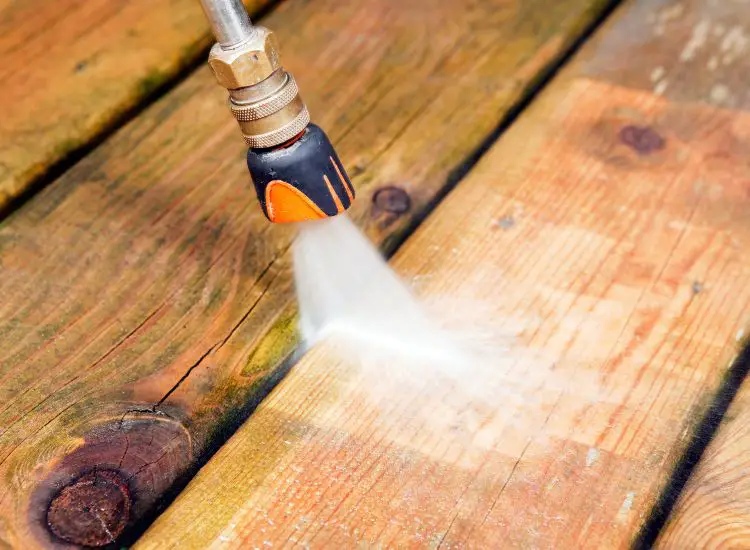
A 40-degree nozzle is ideal for most surfaces but you can go down to a 25-degree nozzle for removing stubborn mold. A 0-degree and 15-degree nozzle might be too powerful for most siding materials. If the mold doesn’t come off you can use a stronger bleach dilution ratio.
Other Tips
Have patience – Whenever taking on a house project, remember to have patience and take your time. If you plan on pressure washing your house with bleach, make sure to set out a full day. That doesn’t mean it will take this long, but its good to have some extra time if you run into problems (like a machine breaking or running out of bleach).
Check the weather – It’s important to check the weather the days leading up to this project for two reasons. The first is that working in a thunderstorm can be dangerous. But the rain will also mess up your bleach dilution ratio. It will have very little effect when it keeps getting washed off the house. Make sure you pick a sunny day before cleaning.
Wear protection – Bleach is a powerful cleaning agent that can help remove mold. The downside is that it can be harmful to your skin and eyes. For these reasons you will need to wear gloves, safety glasses, and long clothing anytime working with bleach. The less skin you have exposed, the safer you will be.
Conclusion
Hopefully this article has taught you all about pressure washing with bleach. This cleaning method can be very effective for removing stubborn mold and mildew on neglected homes.
Just remember never to put bleach inside your pressure washer, as this can damage the internal components. You can always check with the manufacturer to figure out if your exact model can hold cleaning chemicals.
If not, using a handheld sprayer will be the easiest and safest way to apply bleach. Just remember to take your time and use a combination of nozzles for pressure washing different areas around the house.
Further Reading
- Should I Pressure Wash My House Before Painting?
- How Long Does It Take to Pressure Wash a House?
- Can You Pressure Wash Cedar Siding?
Search Terms
- Pressure washing with bleach
- Can you put bleach in a pressure washer?

